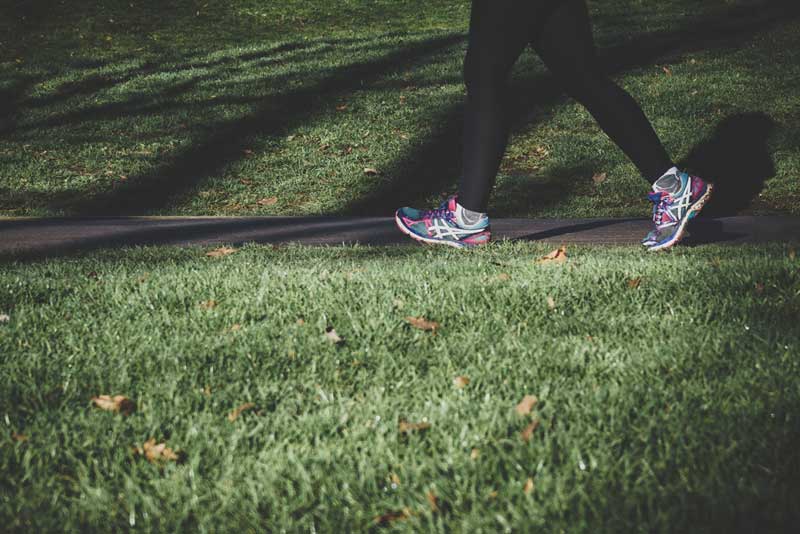How the elderly can improve their balance

Maintaining your balance is crucial as you get older. It decreases the risk of slips and falls, while also improving overall physical and mental health.
These tips and exercises are easy and simple to follow, so you have nothing to worry about if you have been less active recently, just work through these exercises at your own pace.
#1 Check with your GP
Some medications can have side effects such as decreased balance or light-headedness so it is best to check with your GP before practising any balancing exercises.
Your doctor may also recommend certain exercises for you to practice which specifically suit your health needs, so if you’re planning on working out to any of the following exercises make sure you run them by your GP first as they will be able to advise on how long your workout should be, and how often you should practice the exercises.
#2 Plan ahead
You know your body better than anyone else, so initially be aware of your strength and ability to carry out any exercises. Your balance and strength may also be surprising so it is best to put some precautions in place to prevent any slips or falls during the workout.
Make sure you feel rested and hydrated before starting any exercise, place a chair next to you to act as an extra balance support and resting place whenever you need it. The kitchen counter can also act as a piece of support equipment.
Try to be aware of your posture. Wear a pair of shoes with a smooth bottom, such as a pair of trainers as they will enable smoother movement and also help to maintain equal weight from your toes to your ankles.
#3 Exercises
Standing on one foot
Start off by standing next to an armless chair with your feet hip distance apart. Your feet are facing forward and your toes are spread as wide as you can, this will help to keep your weight equally balanced between your toes and ankles. Keep your hips level and bend one leg. Stand on one foot gripping the chair for balance support if needed.
Hold the raised leg for 10 seconds and repeat 5 times. Repeat on the other leg for the same amount of time.
Click here to watch a demonstration of this exercise on YouTube by Caregiver Stress.
Walk heel to toe
Find a place with a clear straight edge to act as a guideline during this exercise. Stand with your feet together and straighten your arms out to the side. Try walking in a straight line, placing one foot directly in front of the other so that the ankle of one foot almost touches the toes of the other foot. Pause for a couple of seconds in between each movement, check your posture is straight and your gaze forward, then continue.
To get the most out of this exercise, walk up to 20 steps ensuring that your gaze remains at a level spot in front of you the whole time.
See a demonstration of the heel to toe walk in this Eldergym YouTube video.
Leg raises
Stand in front of an armless chair with your feet hip distance apart. Spread your toes and distribute the weight of your body evenly between each foot. Tuck your pelvic bone under, lift your chest and roll your shoulders back so your neck is long and the top of your head is lifted. Start to transfer your weight onto one side, lifting your opposite leg off the ground for no more than 20 seconds. Try to keep your hips and shoulders straight, holding onto the chair in front of you for balance if needed.
Repeat this movement five times on each leg, remembering to regulate your inhale and exhale with each movement.
Watch side leg raises in action in this Caregiver Stress YouTube video.
For more tips on how to improve your balance, watch 7 balance exercises you need to know by Future Life Now
Practising standing balance exercises regularly can help improve and maintain your balance as you get older. For more information on balance exercises, strength exercises, flexibility exercises and sitting exercises check out this advice from NHS choices.

